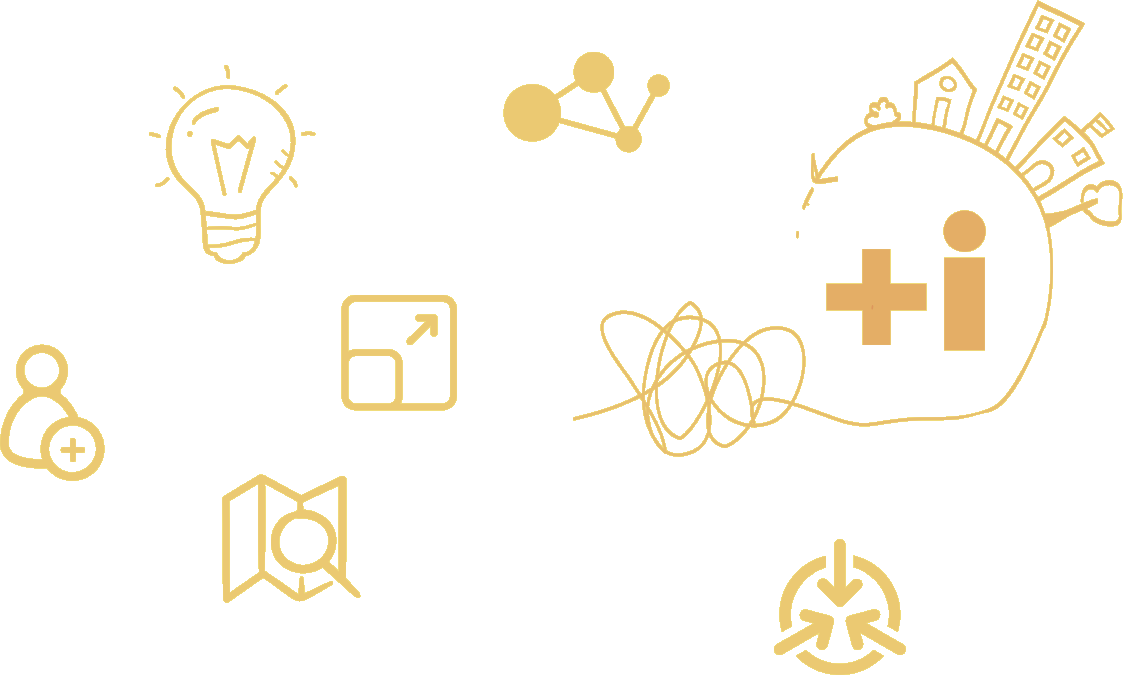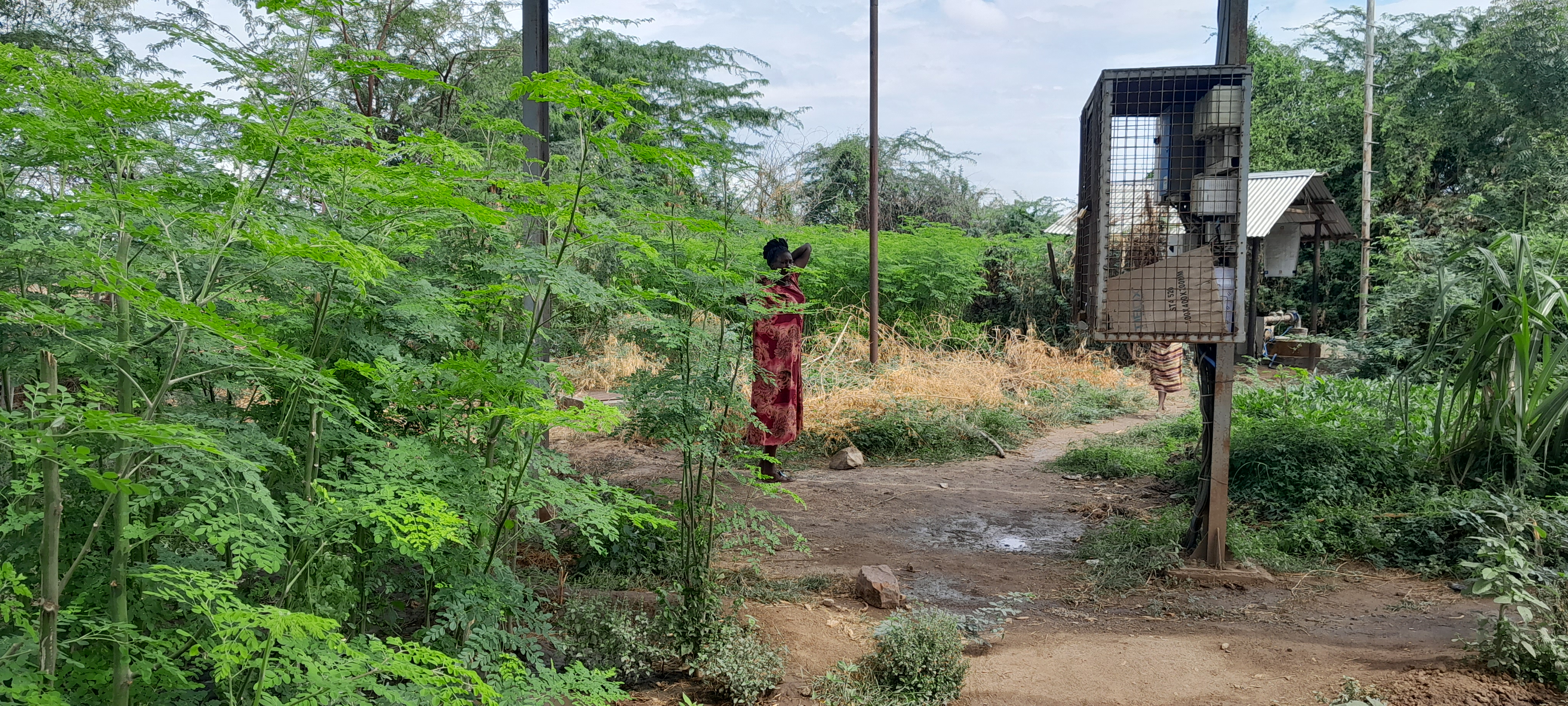Kakuma Refugee Camp is the second largest refugee camp in Africa. The camp is located in Turkana County in northern Kenya, close to the South Sudanese border. The region is semi-arid with rare annual rainfalls. The temperature in the camp reaches 36 degrees and above on a regular basis, with sandstorms most of the year.The harsh weather conditions make it difficult for the residents to do agriculture and produce crops. As a result, they live a pastoralist life - rearing cattle, goats, sheeps, etc.
Refugees joining the camp are provided with a plot of land and certain materials they need to meet their basic needs (shelter, clothes, food, etc.). They have the right to use the plot of land allocated to them, but not the right to exploit it or extend it. This regulation prevents refugees from participating in agricultural activities and projects that require big access to land to exploit it and support their nutrition. Moreover, the encampment policies and the insecurity in the region restrict refugees from adopting a pastoralist life - forcing them to stay in the refugee camp where they cannot produce food through farming.
Kakuma Refugee Camp was jointly opened by the Kenyan Government and the United Nations High Commissioner for Refugees (UNHCR) in 1992 to host the lost boys - South-Sudanese teenage refugees from Ethiopia and South Sudan. Over the years, people from the Democratic Republic of Congo, Somalia, Sudan, Rwanda, Uganda, Burundi, Ethiopia, and more than ten other countries sought asylum or refuge in the camp. Currently, more than 160,000 refugees and asylum seekers reside in the camp. There are more than 60,000 members of the host communities living in the outskirts of the refugee camp as well. Another 80,000 people live in the nearby Kalobeyei Settlement - including 20,000 members of the hosts’ community. As a result of this, there are people from various tribes with diverse linguistic backgrounds, cultures, religions, and economic backgrounds.
Residents of Kakuma face many challenges. Poverty, low education, poor quality of health care services, human rights abuses, injustices, and poor nutrition among others. The World Food Program supports the nutrition of refugees by providing monthly food rations, school feeding programs, and supplemental food for pregnant women and children in clinics. However, based on the territorial validation exercises conducted this year, the poor nutrition challenge is fueled by unfavorable cultural practices among refugees, underfunding of the World Food Program activities, and low access to various nutritious food among refugees. For example, refugees and members of the host community use the supplemental feeds for children and pregnant women as a candy - rather than a medicinal solution to support the health of pregnant women and children. These feeds get consumed by unintended users as they get illegally sold to every buyer in shops. Simultaneously, the World Food Program has been cutting down the aid they provide because of low funding. Yet, the regulations in place, the poor economic status of many Kakuma residents, and low access to exploitable land prevent residents of Kakuma from producing food or importing adequate food.
Nutritional deficiencies, particularly the deficiency of iron, folate, vitamins B12 and A; hemoglobinopathies; and infectious diseases cause anemia among children and pregnant women in the refugee camp. Children and pregnant women who suffer from anemia usually report excessive fatigue, weakness, dizziness, and shortness of breath, among others. The condition affects children's immune systems and increases children's vulnerability to the effects of infections such as malaria. Altogether, anemia and infectious disease lead to many children dying before the age of 5 years in the refugee camp. The probability of children born from anemic mothers surviving the first 5 years is low compared to children born from non-anemic mothers. Anemic children who survive after 5 years of age generally experience poor growth rates. This affects many of them from pursuing adequate formal education and adequate learning in childhood. Yet, limited access to learning opportunities and education opportunities in early childhood may have negative effects on a child’s future.




